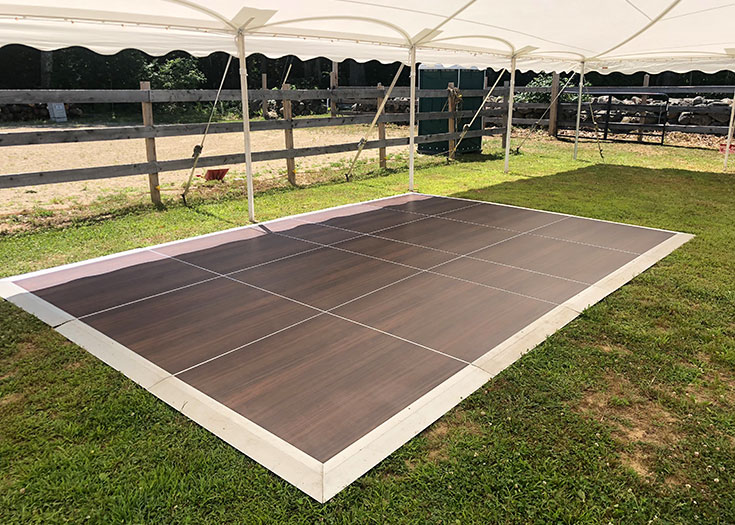One of the most frequent substances used in modern dance floors is light-emitting diode illumination. LED lamps are energy-efficient and can produce a broad range of hues and impacts. They can be embedded in the floor directly or used as part of a illumination system above the dance floor. This innovation allows for synchronized light displays that can change in response to the music, creating an engaging encounter. The capability to program these lights means that they can be customized to match different concepts or moods, making each event unique.

Another important substance is reflective surfaces, such as mirrors or shiny tiles. These materials can create an deception of space and dimension, making the dance floor appear larger than it actually is. When dancers move, their images can add an extra layer of visual appeal, enhancing the complete show. Additionally, reflective surfaces can interact with illumination effects, amplifying the colors and designs displayed on the floor. This combination of illumination and mirroring can captivate spectators and boost the vitality of the occasion.
In furthermore to lighting and reflective substances, the use of digital screens has grown progressively look at this now popular in dance floor creation. These screens can display vibrant images, animations, or even live feeds of the show. By integrating digital innovation, event planners can create a multi-sensory encounter that involves both the dancers and the spectators. The capability to change visuals in actual time allows for a dynamic atmosphere that can adjust to the beat and energy of the melodies, making each instance feel fresh and thrilling.
Furthermore, the selection of surface material itself plays a key role in the complete experience. Traditional wooden dance floors are still preferred for their strength and performance qualities. However, newer materials like vinyl and elastic are gaining popularity due to their flexibility and ease of maintenance. These substances can provide superior shock absorption, reducing the chance of harm for dancers. Additionally, they can be designed with multiple patterns and hues, allowing for artistic representation in the dance floor's appearance.
In summary, the transformation of dance floors into stunning aesthetic experiences relies on a combination of innovative substances and techniques. LED lighting, mirror-like surfaces, digital screens, and specialized flooring substances all contribute to creating an engaging setting for performers and audiences. As technology continues to progress, the opportunities for enhancing dance floor design will only grow, making upcoming occasions even more captivating and memorable. Comprehending these substances helps value the craftsmanship involved in creating environments where dance and melodies come together in unison.